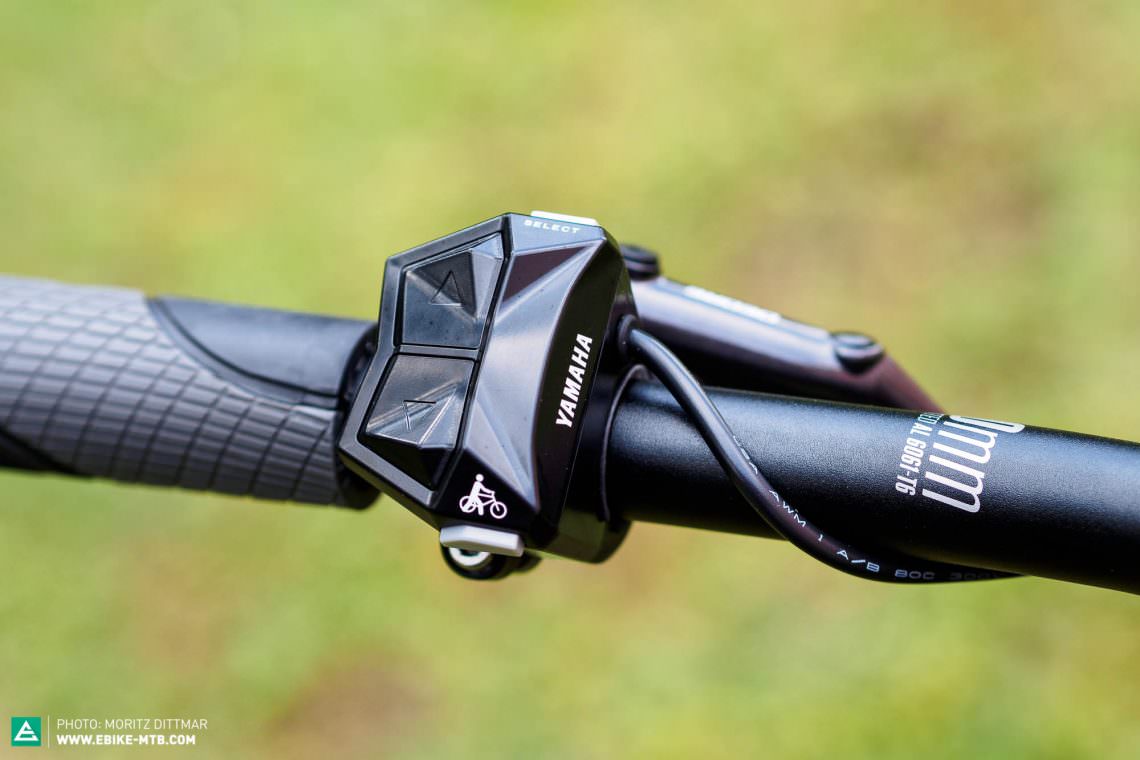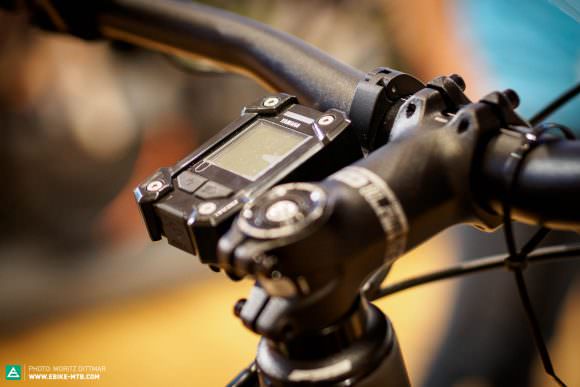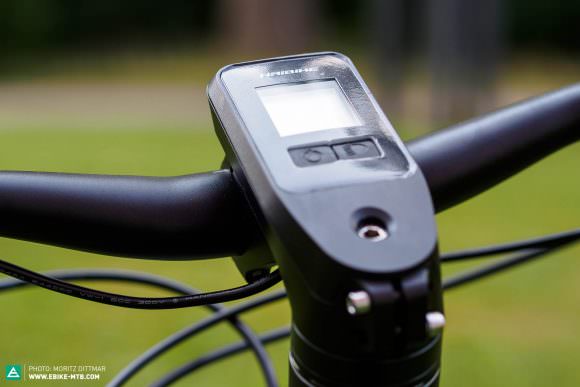With the market for E-MTB motors at its busiest ever right now, the Japanese manufacturer Yamaha have just launched their latest competitive generation of mid-motors in order to reconfirm their position. So what’s special about the new Yamaha PW-X and how does it hold up against the competition from Shimano, Bosch and Brose?
During the presentation of the 2017 Haibike SDURO models, we had the opportunity to test out the new Yamaha PW-X motor.

So what are the details? Well, the new Yamaha PW-X motor represents the evolution of the PW motor, surpassing its earlier generation in every aspect. Compared to the former model, the new Yamaha PW-X series is more compact, lighter and they claim it offers a significantly improved motor control and tuning. Other highlights include its fifth mode, the integrated computer and the new 500 Wh battery, which is also compatible with last year’s model.
Updates for the hardware & software
The Japanese brand claim to have shaved off a full 500 g by designing the motor with a hollow axle shaft and a more compact construction saving space on the internal gears and the housing. As a result it has a 13 % smaller volume and tips the scales at a slim 3.1 kg.
A more sensitive freewheel and double the number of pawls should lead the cranks to engage much more rapidly and create a more direct and responsive ride.
While the new Yamaha PW-X motor has 80 Nm torque available, the real deal comes with how they’ve set up the motor. In the past we’ve often criticized the motor for being too dependent with its power output based on the rider’s cadence. Take the former Yamaha motor, for example, whose support dwindled as soon as your cadence went over 80 strokes per minute. But now the new PW-X motor provides 250 W support up to a cadence of 120 pedal strokes. Then there’s the fifth level of pedal-assist that goes by the name of Extra Power, topping of the +Eco, Eco, Standard and High modes.
The interface
Much more robust yet even more compact, the new interface is controlled by an angular remote lever on the bars. It’s positioned between the stem and bars, much like the Shimano Steps MTB E8000 motor. For their SDURO models, Haibike have even created a stem-integrated mount.




First Ride: the Yamaha PW-X motor
What a gigantic leap! Just a few meters into the ride it’s undeniable that the PW-X has been majorly improved and regardless of cadence (even above 75 pedal strokes per minute) the motor dishes out much better support. While the +Eco and Eco models appear pretty much the same as the current Yamaha motors, the Standard, High and Extra Power grant a significantly better performance. The motor’s level of responsiveness has also made the most of its improvements, meaning zero lag and smoother sensitivity.

The new remote lever is solidly made, although in terms of ergonomics it’s pretty high to reach. The buttons have a really defined action point –we’d argue this feature is much better than the new Purion from Bosch. However, the positioning of the info button on the top end of the unit isn’t great.
Our SDURO test bike was kitted out with a Plexiglas sample display, which affected the screen’s readability and there was too little contrast. Fortunately this will have been improved by the time it comes to the series model.
Conclusion
The PW-X is a great move from Yamaha, sealing the gap to its competitors and solving a number of its former failings. We’d place its riding sensation somewhere between the Brose and Bosch motors: more aggressive than the Brose, and more natural than the Bosch Performance CX – so does that make it the ultimate compromise? After just a short time testing, we’re not yet ready to put our heads on the line, but we are excited to put it properly through the wringer and carry out some direct comparisons.
Did you enjoy this article? If so, we would be stoked if you decide to support us with a monthly contribution. By becoming a supporter of E-MOUNTAINBIKE, you will help secure a sustainable future for high-quality cycling journalism. Click here to learn more.
Words: Robin Schmitt Photos: Moritz Dittmar, Piers Spencer Phillips









